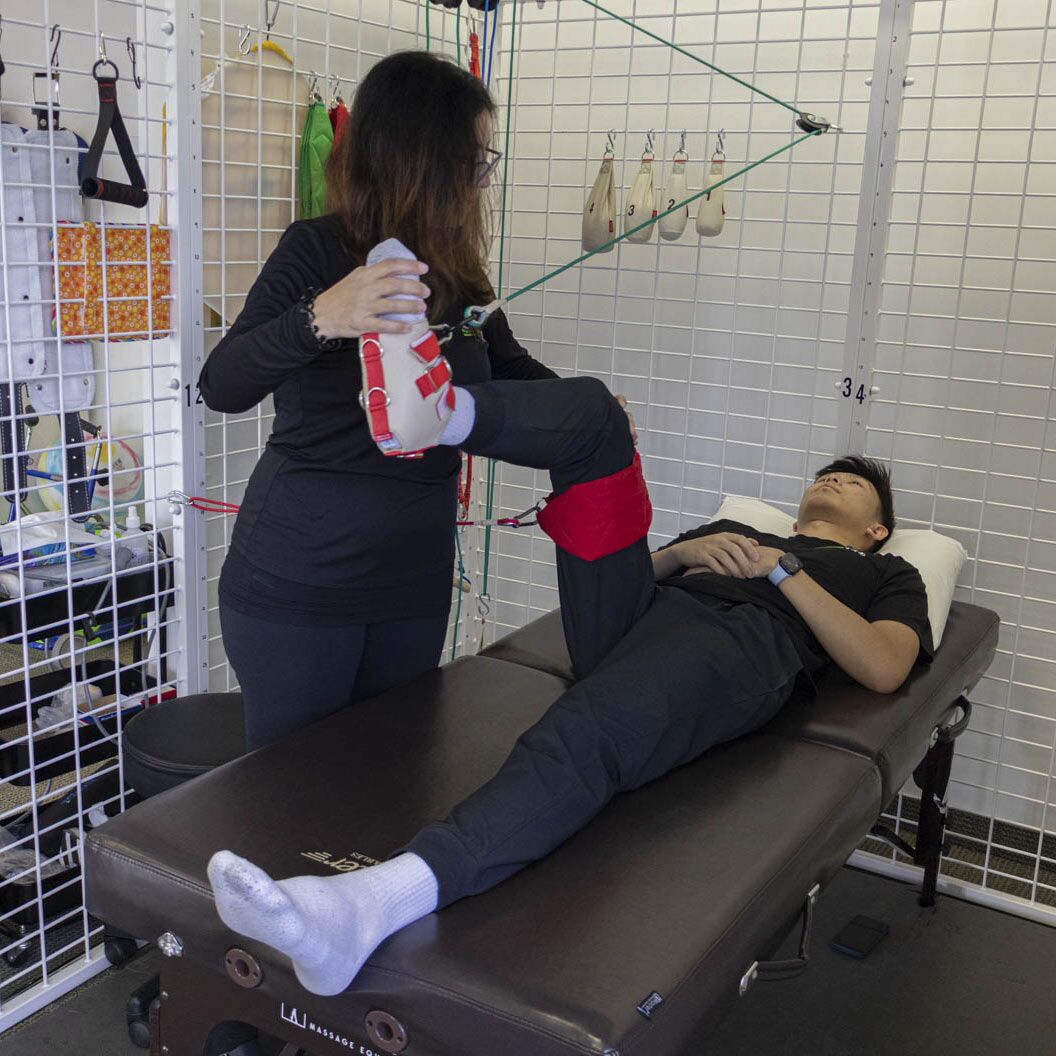Refining this Craft of Workplace Design to Optimize Comfort and Efficiency in Workspaces
Elevating this art of ergonomics is critical for designing office setups that advance comfort and work output. Workplace ergonomics is the methodology of designing occupational settings, apparatus, and tasks to fit the needs of employees. By emphasizing how users utilize their physical environment, businesses can minimize strain and avoid injuries. An ergonomic workspace encourages fluid movement and reduces strain, which can contribute to improved performance and satisfaction among employees.
One key element of ergonomic planning is the placement of fixtures and equipment. Workstations should be at a level that allows workers to remain seated with their arms at a 90-degree angle while keyboarding. Seating options should offer proper lumbar stability for the lower back, supporting neutral positioning. Additionally, display devices should be positioned at eye level to prevent neck strain. By verifying that these factors are properly configured, staff can sustain a neutral position throughout their tasks, minimizing fatigue and boosting cognitive performance.

A further important factor in an optimized workspace is the use of ergonomically-designed technologies and equipment. This includes input devices, pointing devices, and other components designed to minimize RSIs. For instance, using an split-key keyboard can aid in reduce wrist pain caused by prolonged typing. Furthermore, adjustable chairs and convertible desks empower employees to alternate their position throughout the day, which can alleviate discomfort and boost energy levels. Investing in industry-grade ergonomic solutions can generate healthier work habits and higher productivity rates.
Lighting is also a core element in occupational planning. Balanced lighting can minimize visual fatigue and make it easier to focus on their job functions. Daylight is ideal, but if that is not available, using task-specific artificial lighting can assist in maintaining a inviting atmosphere. It is advisable to avoid harsh fluorescent lights that may induce headaches or fatigue. By providing ergonomic lighting, organizations browse this site can foster an environment that supports both visual ergonomics and output.
Finally, promoting scheduled breaks is vital for preserving an ergonomic workspace. Motivating staff to take brief breaks can assist alleviate bodily stress and mental overload. During these breaks, personnel should be advised to move around or walk around to support blood flow. Implementing planned break times can assist establish a workflow that values health without reducing productivity. In summary, mastering ergonomics in the professional environment not only boosts comfort more information but also fosters a more productive work culture where professionals can perform at their best.